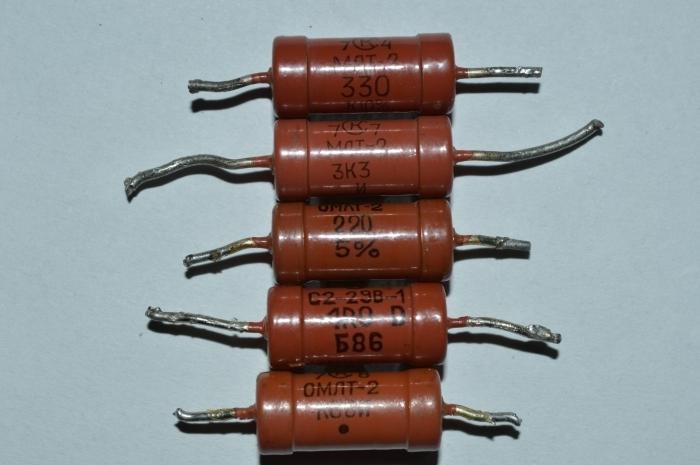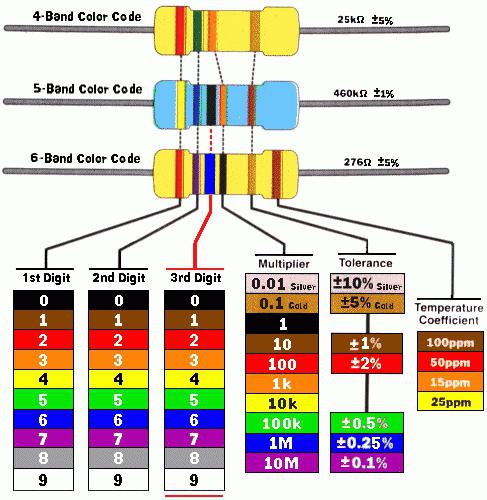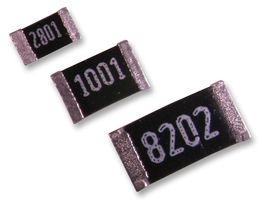Resistors are elements of electrical circuits that have resistance to the passage of electric current. They are used in all electrical circuits, even in the most elementary. Resistors are distinguished by the following criteria: by power, by value of nominal resistance, by accuracy class, by type, etc. In this article, we will consider such a thing as a resistor rating. What it is? By the value of the resistance element is meant the value of the level of internal resistance to the passage of electric current through it. In electrical engineering, the value of the resistor is indicated by the Latin letter R. This value is usually written in units such as ohms. This unit got its name in honor of the famous German physicist Georg Simon Ohm, known for his work in the study of electric current. Why do I need to know the value of resistors? In order to correctly select the elements for the designed circuit or to choose an analog when repairing devices.

Consider ways to record the nominal values of the resistances on the housing of the elements. There are three ways to label resistors: digital - includes only numbers; symbolic - is combined, along with numbers there are also letters; and finally, color - is a series of transverse stripes of different colors, the number of stripes can be different, from 3 to 5.
Next, we will analyze how the value of the resistor is recorded depending on the type of element. Permanent resistance elements of the wire type are a cylindrical barrel. Such elements are marked in all three ways. Digital recording is used only for resistors whose value does not exceed 999 Ohms. It looks as follows: 2.0; 220; 750. Means, respectively: 2 Ohms, 220 Ohms and 750 Ohms. The following type of record uses the Latin alphabet letters instead of a comma : R - means one; K - kilo, i.e. 1000; M is mega, that is, 1,000,000. It turns out that with this method of recording, in order to get the value of the resistor, you need to multiply the digital value by the letter value. An example of such a record: 220 R - means 220 Ohms; 3K2 - means 3200 Ohms; 1M1 - means 1100 kOhm.

The color coding of the nominal value record is applied across the cylindrical body of the element. In Soviet-made resistors, marking was applied with an offset to one of the sides, this indicated the beginning of the decoding count. In modern elements, the last barcode bar is always gold or silver, and it means resistance accuracy class (5 or 10 percent). In the event that the marking consists of only three bands, the accuracy class is assumed to be 20 percent by default. The coding, consisting of 3-4 bands, in the first two contains the value of the face value, and the third - the value of the multiplier. The encoding of 5-6 bands in the first three contains the value of the face value, and in the fourth - the value of the multiplier.

The next type of resistance is a chip resistor or SMD resistor. In such resistors, the marking is digital and symbolic. It is decrypted simply: in digital marking, the first digits indicate the value of the face value, and the last one indicates the number of zeros; in symbolic - the first two digits indicate the face value, and the last character - the value of the multiplier.
Variable resistors use the standard notation of the nominal value using numbers and letters of the Latin alphabet.